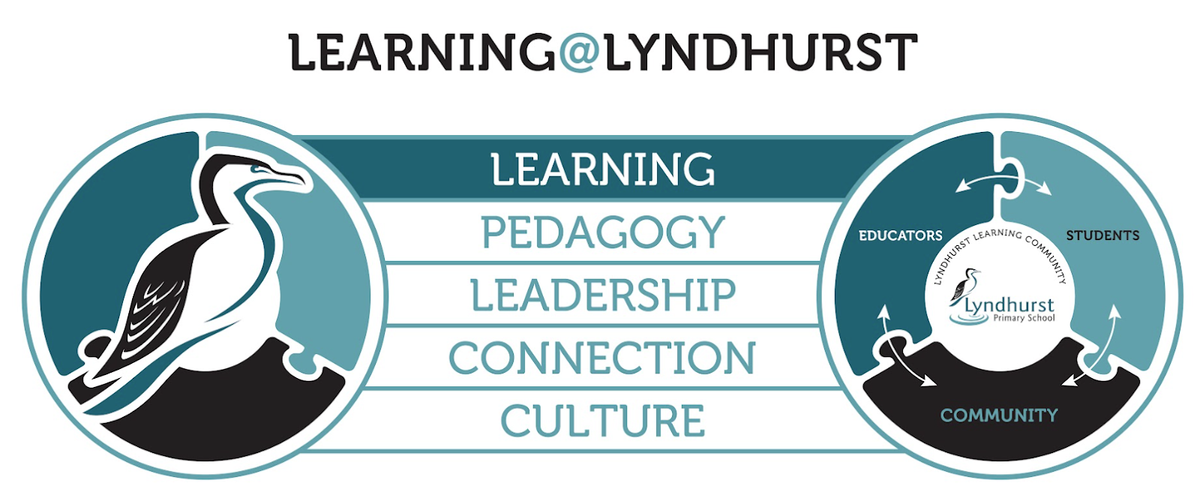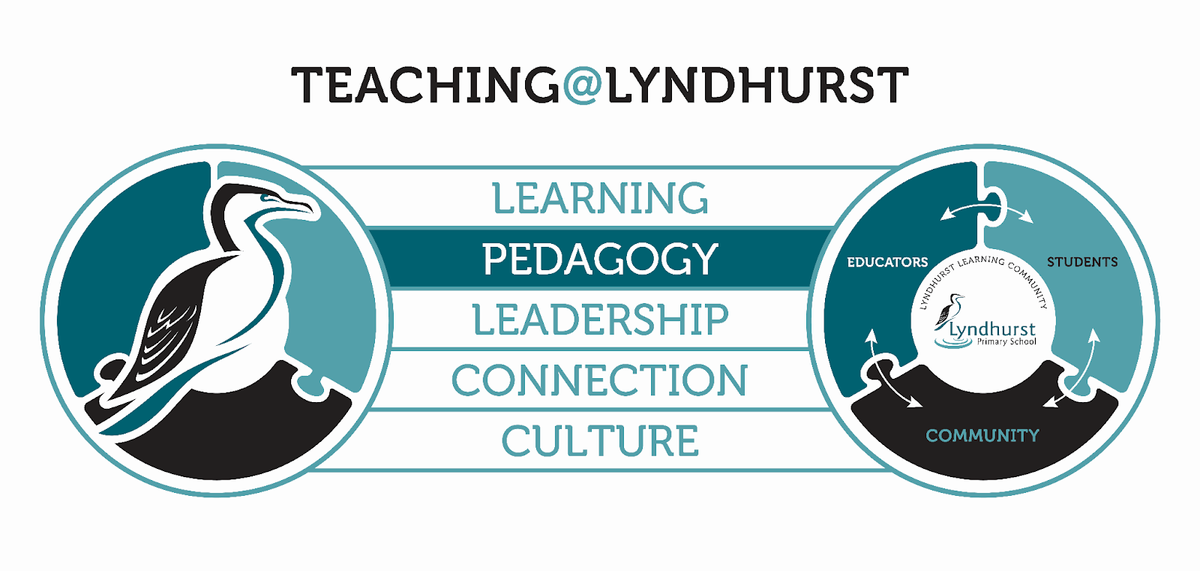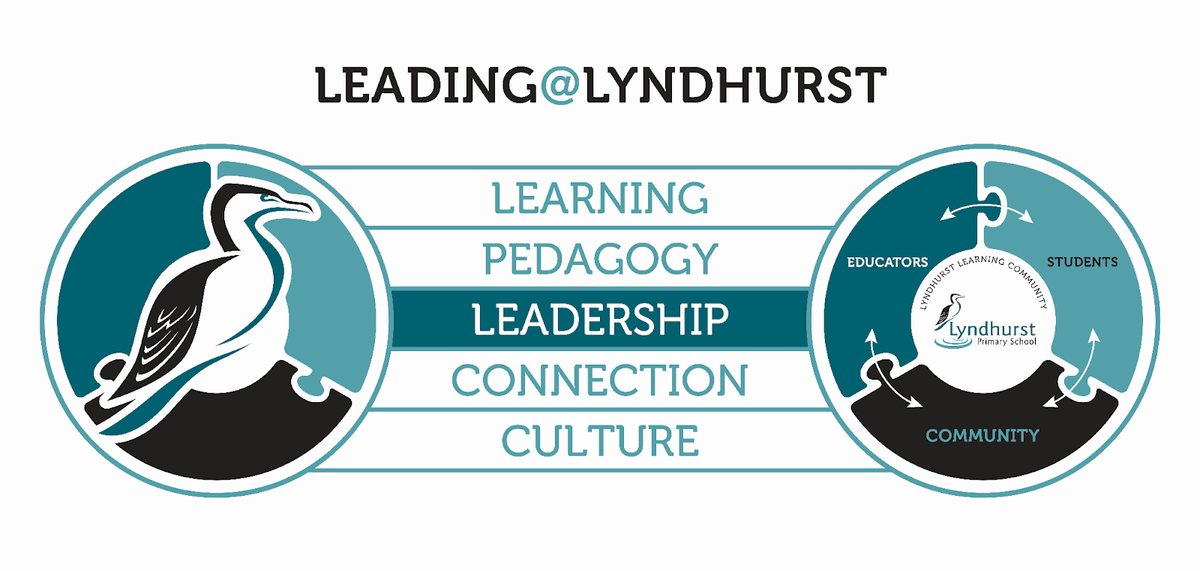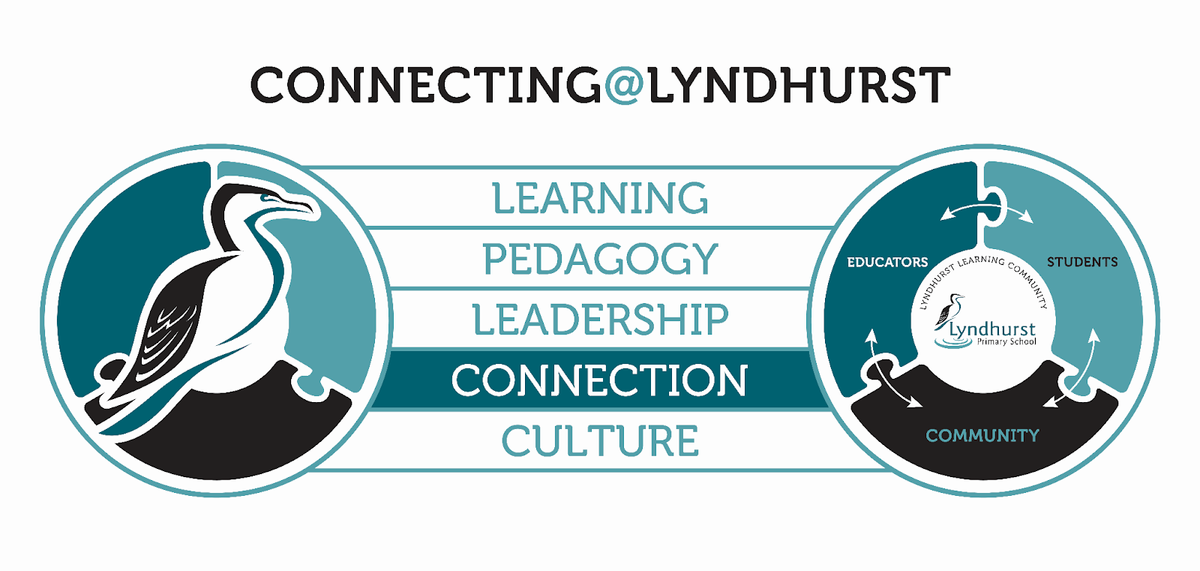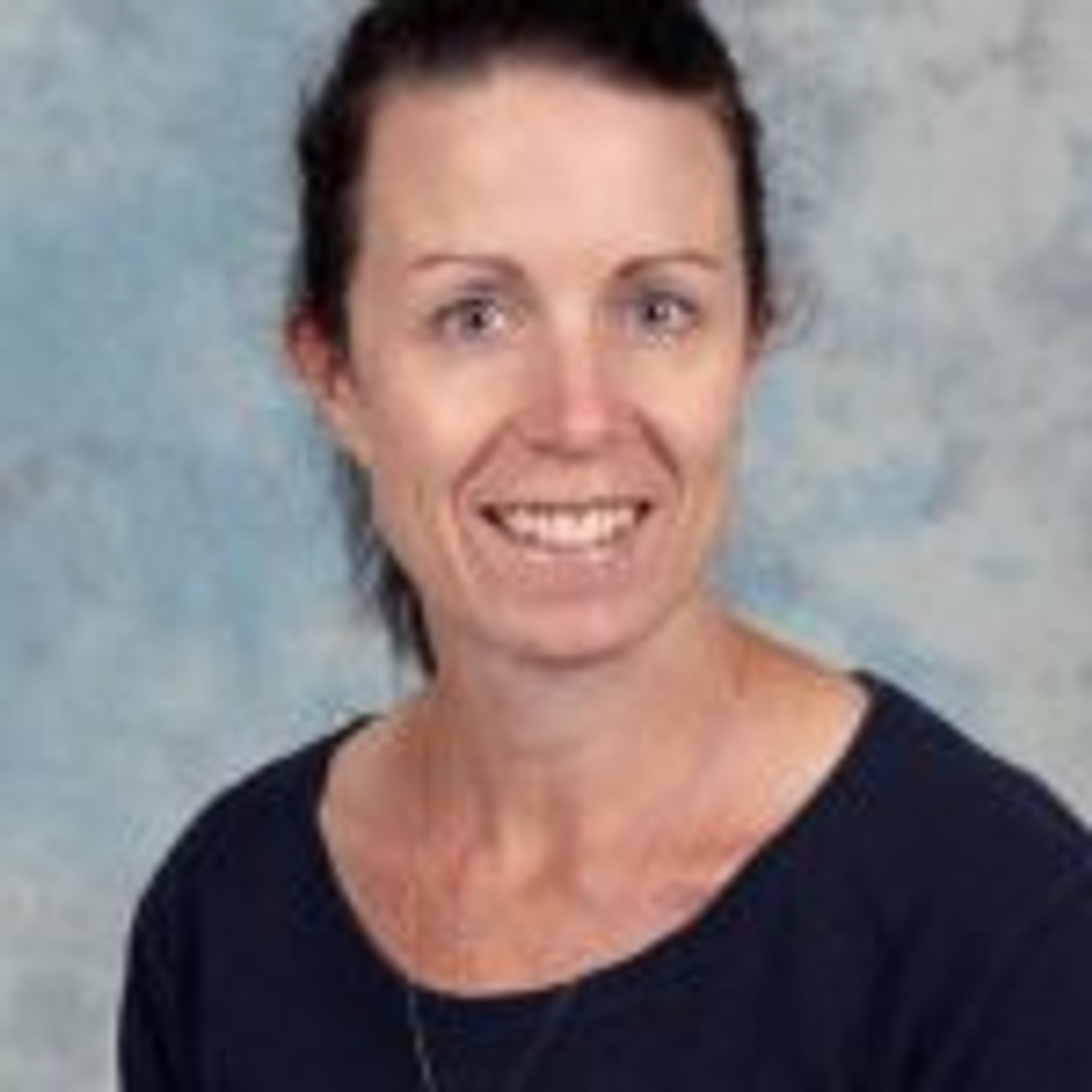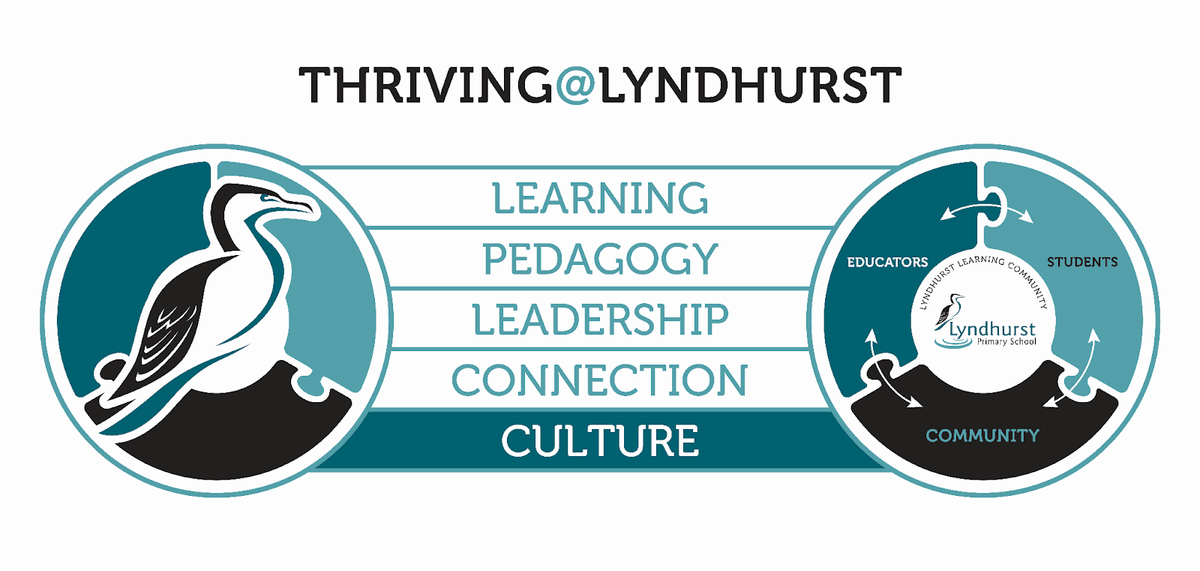Principal's Report
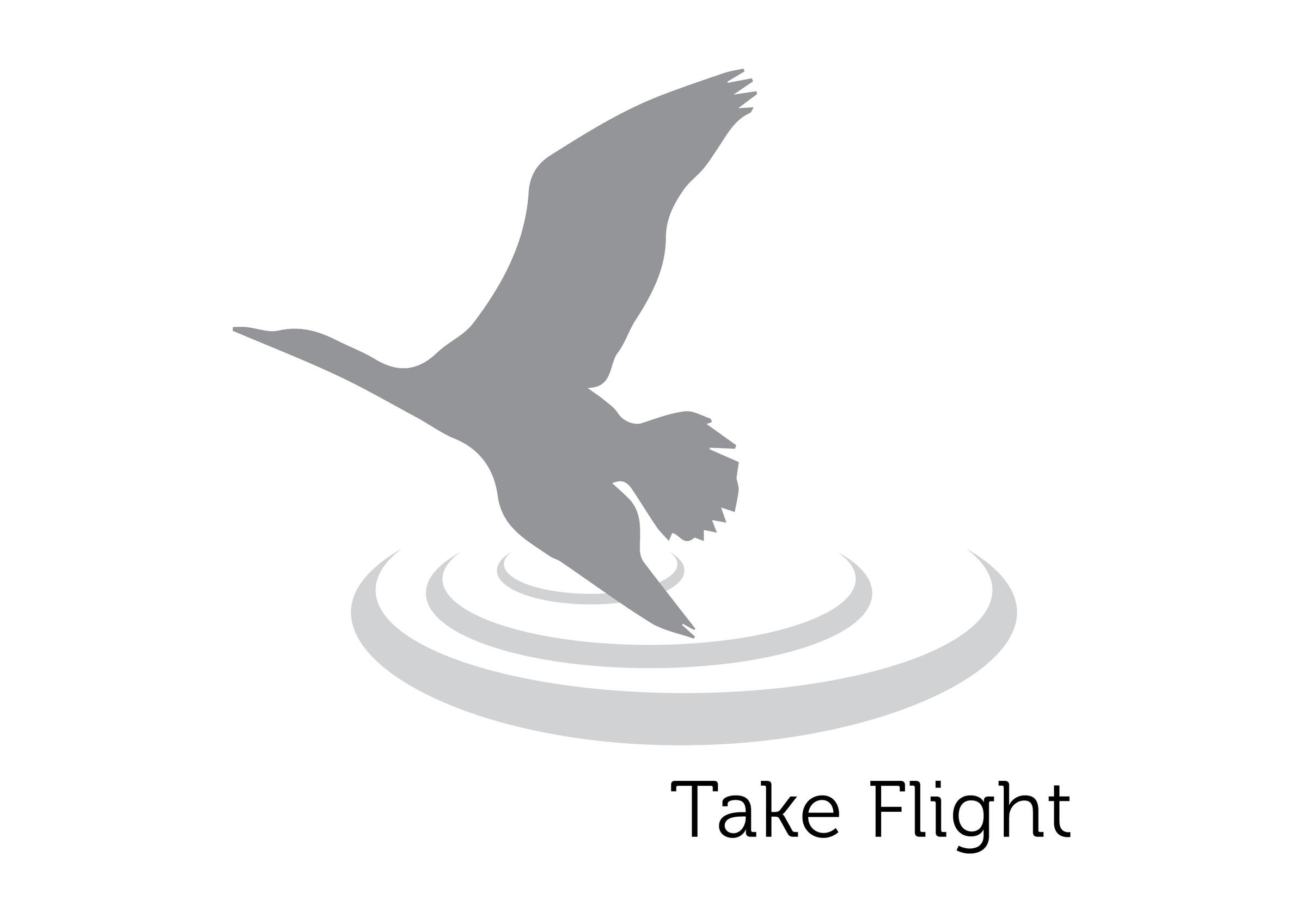
Principal’s Report Wk 2, 2025
School Assemblies are an important element in building school culture, fostering pride and nurturing connections within the school and extended into the school community.
LPS has always implemented a strong approach to school assemblies, but we wish to strengthen this even further. Please see below for some important information.
What has changed?
- Day and time FROM Monday 9am (Session 1) TO Friday 2.40pm (Session 6)
- Alternating rotation every three weeks ie. Whole School, Junior School, Senior School
- The first assembly of each term will be Whole School
- There will be no assembly in the last week of each term
Why has the structure changed?
- Monday morning is prime learning time and reconnection to the learning space
- Friday afternoons is an ideal time to celebrate the past school week and provide a outline of the week ahead
- Alternating assemblies will provide opportunities for class / year level celebrations and sharing of learning eg. class musical items, book reading etc…
An important 2025 goal is to have more families attend and/or take part in assemblies. In 2024, parent attendance at school assemblies on a Monday morning was very low. Friday afternoons will provide a greater opportunity for families to attend, especially when their child’s class / year level is presenting something fun and exciting.
What has not changed?
- Year 6 student school leaders will oversee the organisation and planning of all assemblies and will continue to take responsibility for leading the assembly
- Cormorant feathers are presented to acknowledge and celebrate positive behaviours. Four feathers will be pulled out at the Whole School assembly. For each junior & senior school assembly, two students from each class will be presented with a Cormorant award.
New Year of Learning
A new school year is an exciting time for students and families, but it can be a big step – particularly for those starting Prep or moving to secondary school.
The Department of Education has published a webpage with resources and information to help you prepare for the new school year.
Please consider reading through the resources, which include:
- tips to help transition between kinder and Prep and primary to secondary school
- what to expect at school
- help with school costs and fees, including the School Saving bonus
- health and wellbeing guidance to support children’s mental health. Please refer to the New year of learning webpage
A New and Improved Way of Teaching and Learning
The updated Victorian Teaching and Learning Model (VTLM 2.0) is designed to help students learn more effectively, based on the latest research on how children absorb and retain information. Teachers will:✅ Create a safe and supportive classroom where students know what to expect and feel confident to learn.✅ Plan lessons carefully, making sure students build on what they already know.✅ Break new information into small, manageable steps so it’s easier to understand.✅ Explain and demonstrate new skills clearly, then give students plenty of practice.✅ Help students review past learning and apply it in different situations.
This approach helps children:🌟 Set personal learning goals🌟 Feel more confident in their abilities🌟 Achieve success in their learning
As your child masters new skills, they will become better at learning and adapting—preparing them for future challenges and lifelong success! 🚀
Helping Your Child Learn to Read with Phonics
Starting in Term 1, 2025, all Victorian government schools will use a structured phonics approach to teach reading for Prep to Grade 2 students. This means:
📚 Daily phonics lessons (at least 25 minutes) to help children connect sounds with letters and read words.🔤 A step-by-step approach to build strong reading skills.
What is Phonics Plus?
Phonics Plus is a new reading program designed to support schools in teaching early literacy. Schools can choose to use this program or continue with their current approach if it already follows the same structured phonics method.
More Than Just Phonics
Phonics is just one part of a well-rounded reading program. Students will also learn:🗣 Oral language – Speaking and listening skills📖 Vocabulary – Understanding the meaning of words🚀 Reading fluency – Reading smoothly and confidently🤔 Comprehension – Understanding and thinking about what they read
This approach will help all children develop strong reading skills, setting up for success in school and beyond! 🎉
Professional Learning Teams
A Professional Learning Team (PLT) refers to a group of educators who collaborate regularly to improve their teaching skills, enhance student outcomes, and share strategies for better learning experiences. PLTs are centered around the idea that teachers can grow by learning from each other and engaging in collective problem-solving. The ultimate goal of a PLT is to create an environment where all educators are consistently improving and, as a result, driving student success.
Key features of a Professional Learning Team include:
- Shared Mission, Vision, and Goals: Staff are united by a common purpose - improving their practice to benefit student learning.
- Collaborative Culture: Staff work together, often across disciplines or grade levels, to share ideas, strategies, and resources. This collaboration happens through regular, dedicated meetings, during school.
- Data-Driven Decision Making: PLTs analyse student performance data (eg. assessments, student work) to identify areas of improvement and tailor teaching strategies.
- Continuous Improvement: Staff engage in reflective practices and ongoing learning. Professional development becomes more of a collaborative, ongoing process rather than a one-time event.
- Accountability: Staff hold each other accountable for implementing strategies, achieving goals, and continuously refining their practices.
Your first port of call for everything related to your child/rens progress is the classroom teacher.
If you need any further queries, the following 2025 PLT leaders can be of assistance.
Prep | Year 1 | Year 2 | Year 3 | Year 4 | Year 5 | Year 6 | Specialists | Education Support |
Kate Smithett | Belinda Lindsay | Rebecca Keir | Simon Butler | Nicol Buik | Joanne Greasley | Matt Carey | Andrew Klimsch | Chloe Mills |
Student Attendance
Welcome to the new school year to all existing and new families! My name is Kirstie, I am new to the Administration Office and one of my roles will be to track student attendance. I look forward to getting to know you all.
As we begin Term 1, we would like all families to familiarise themselves with the procedure when a child is absent from school.
- Each school day begins at 9:00am, students are expected to be in the classroom ready to learn by this time
- Each school day ends at 3:30pm, students are to be collected by 3:45pm
- All late arrivals and early departures MUST be processed through the Administration Office
- The preferred method of entering a student absence will be via Compass
- Phone calls and emails are not the preferred method of student absence notification
- When lodging an absence via Compass please confirm the date/s of absence. Office/teaching staff WILL NOT assume the continuation of an absence reason
- Unexplained absences will result in an automated email sent at 10am. Parents are asked to please respond to the email (following the link) by lodging an absence on Compass or email the school if they feel the text may be incorrect
- Extended holiday absences (more than five days) will require a Student Absence Learning Plan (SALP)*
*Student Absence Learning Plans are implemented to support the education of students who are absent from school for an extended period, they should be developed collaboratively by teachers, students and their parents.
If you are planning on taking an extended holiday and your child will be absent for more than five school days, please notify the classroom teacher/office by email at least two weeks prior. This will allow for time to have the SALP submitted prior to your departure.
Further information regarding student attendance can be found at - Attending and Missing School
Lunar New Year, also known as Chinese New Year or Spring Festival, is a major festival celebrated at the beginning of the Chinese lunisolar calendar. Thought to have originated in ancient China around 3,500 years ago, it is one of the most important holidays in Chinese culture, marking the end of winter and the beginning of the new year.
In 2025, the Lunar New Year will begin on 29 January.
What does the Snake symbolise in Chinese culture?
Interestingly, the metaphors and meaning of the Snake in Chinese literature and mythology are polar opposites. On the one hand, the snake belongs to the yin, associated with darkness, dampness and femininity. Poisonous snakes are often associated with evil women who seduce men and suck their yang to nourish their yin.
However, snakes also have positive symbolism. For example, they are regarded as little dragons (xiaolong 小龍), and the skin snakes shed is referred to as the dragon’s coat (longyi 龍衣), symbolising good luck, rebirth and regality. The snake also symbolises the pursuit of love and happiness, a theme beautifully illustrated in the traditional folk tale, ‘The Legend of the White Snake’. The snake can also represent wealth and wisdom, and in traditional Chinese culture, they are often grouped with the turtle and the crane as a symbol of longevity
- Zodiac sign calculator and some additional information
- Chinese New Year


